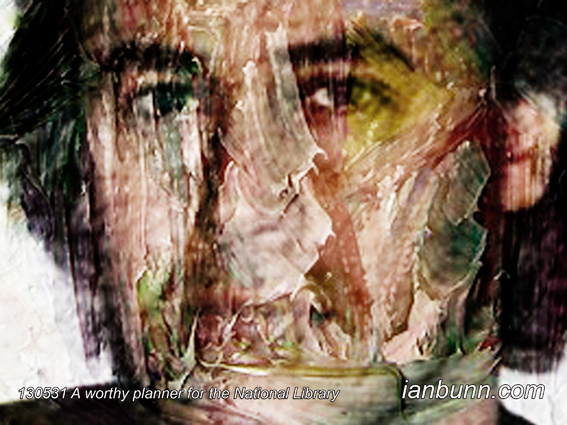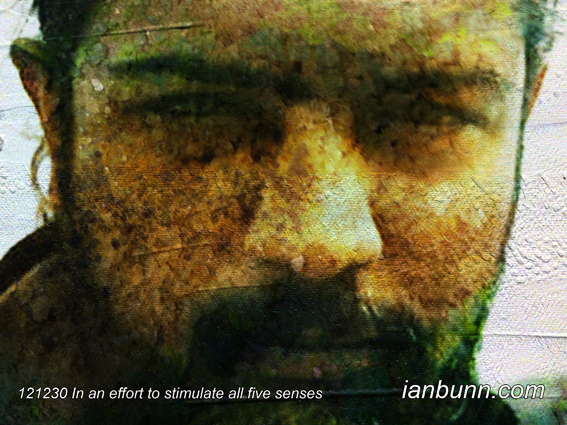 A worthy planner for the National Library (May 31 2013)
A worthy planner for the National Library (May 31 2013)
Rafi Segal the Israeli architect and urbanism expert has been profiled by Michael Sorkin in an article published in The Nation magazine titled ‘The Trials of Rafi Segal’. Sorkin states “In early 2012, the National Library of Israel announced a competition for a new building in Jerusalem. The site was one of special prominence—near the Knesset, the Supreme Court and the Israel Museum—and the project enjoyed enormous national prestige. The competition was sponsored by two entities: the Israel National Library Construction Company and Yad Hanadiv, a foundation funded and controlled by the Rothschild family and the principal funder of the library project. The track record of the Rothschilds in sponsoring Israeli architectural competitions is somewhat checkered, which isn’t surprising for a rich and powerful organization participating in processes where the outcome is, theoretically, beyond its control. …When the library competition was announced, it almost immediately became mired in similar issues of power and manipulation. …And then something remarkable happened: in September 2012, Rafi Segal—a very talented young Israeli architect—became the jury’s enthusiastic choice. His elegant, subtle, site-sensitive scheme was described by the jury as “modest yet original and unique.” And so it was. …Then the assault began. First came an attack on Segal by Yair Gabbay, an attorney from the Jerusalem Municipality Planning and Building Committee, who threatened to thwart the permit process for the new building unless the National Library Board promised to “cancel the results of the tender and start a new process to choose a worthy planner for the National Library from among the Zionist architects living in Israel” Gabbay’s beef with Segal had to do with the latter’s authorship a decade ago (with Eyal Weizman) of the fine book A Civilian Occupation: The Politics of Israeli Architecture, which succinctly examined the spatial specifics of Israeli settlement policy. …This was only the beginning…”
Inspired by Michael Sorkin, The Nation ow.ly/kBg8D Image source LinkedIn ow.ly/kBfZM
